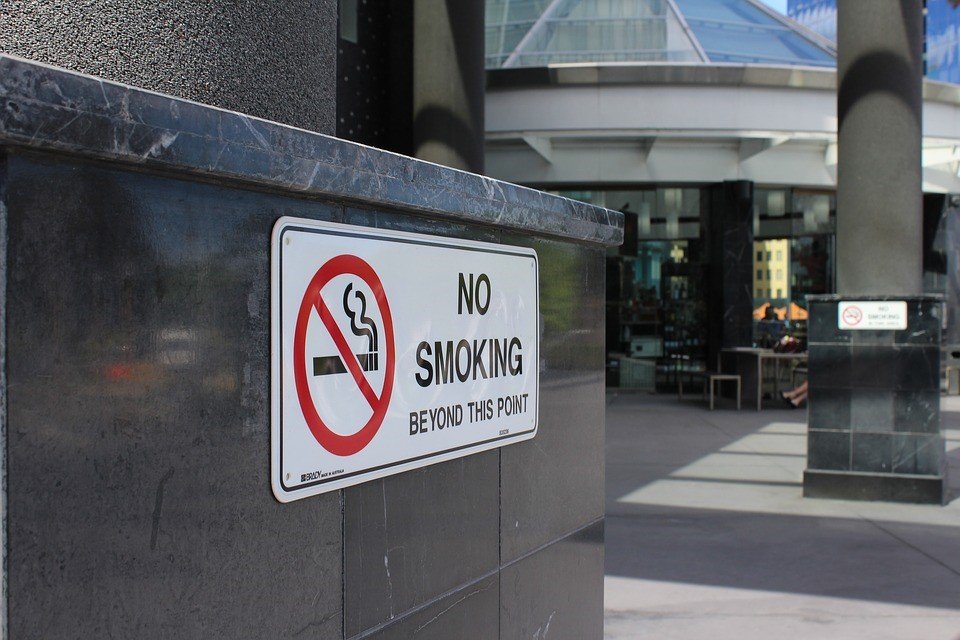You can probably feel the change in the air – or, more accurately, you can probably smell it. Cannabis is enjoying a critical and scientific re-evaluation at the moment, as an increasing number of states, and the entire country of Canada, moves toward making the substance legal.
Bolstered by studies that call into question conventional wisdom about its harmful effects, and even studies that tout its many health benefits, lawmakers are giving cannabis a second thought. But one problem still remains: the leading method of consumption, smoke, still isn’t wonderful for you.
In this article, let’s take a closer look at legalization, the problems with smoke and, finally, alternative methods like delicious CBD edible ideas and cannabis teas available to the consumer who’s looking for a healthier way to enjoy the new cannabis renaissance.
Cannabis Legalization
In Canada, cannabis became legal last October (the 17th, to be totally accurate), while in the US a growing number of states – starting with Washington and Oregon and recently adding Illinois, Michigan and Massachusetts to the long list – have passed legalization, usually by ballot initiatives.
The reasons cited for recreational legalization are usually threefold: health benefits, economic benefits and harm reduction. Studies have shown that, contrary to what you might have been told over the last fifty years, cannabis in fact has some potent health benefits, whether as a pain reliever, nausea reducer or appetite stimulant; sufferers from cancer, Multiple Sclerosis, HIV etc. have experienced significant pain reduction.
As for the economic and harm reduction reasons, they are closely intertwined. By regulating, distributing and taxing cannabis, the government takes the revenue stream away from gangs and underground dealers, and into its own coffers, from which it can fund various publically beneficial programs.
Smoke Is Still Smoke
The only sticking point in all this is that most people still prefer to light up. Smoke, whether it’s from a cigarette, a joint, a campfire, etc., contains a harmful level of carcinogens. Granted, cannabis smokers aren’t usually using a “pack a day” like cigarette smokers, and cannabis smoke itself isn’t as bad as tobacco smoke, but the effects are nevertheless non-ideal.
New cannabis users (and old ones for that matter) are encouraged to explore alternative methods of consumption, some of which altogether remove the THC (the psychoactive component of the substance).
Alternatives to Smoking
The three most popular alternatives to smoking cannabis are: edibles, teas and tinctures. With edibles, the cannabis is infused within a fat. This could be butter, coconut oil, or even a milk of some kind. That fat is then used in careful measurements to make a food – usually a baked good of some kind, like a cookie, brownie, bar or cake. Made right, by a reputable company that cares about quality, an edible can taste good and offer a smokeless cannabis experience.
Teas make use of the cannabis’ CBD, the buzzy compound you’ve probably read about in countless magazines or wellness articles. CBD is the non-psychoactive component of cannabis, but remains a powerful relaxant, great for stress relief and a host of other ailments.
To conclude, cannabis legalization has proven itself a net positive societal advancement, but the one issue that remains is how to divert people away from smoke, which remains harmful. Luckily, the answer is as simple as it is old-fashioned: with a good old tea and a biscuit.

